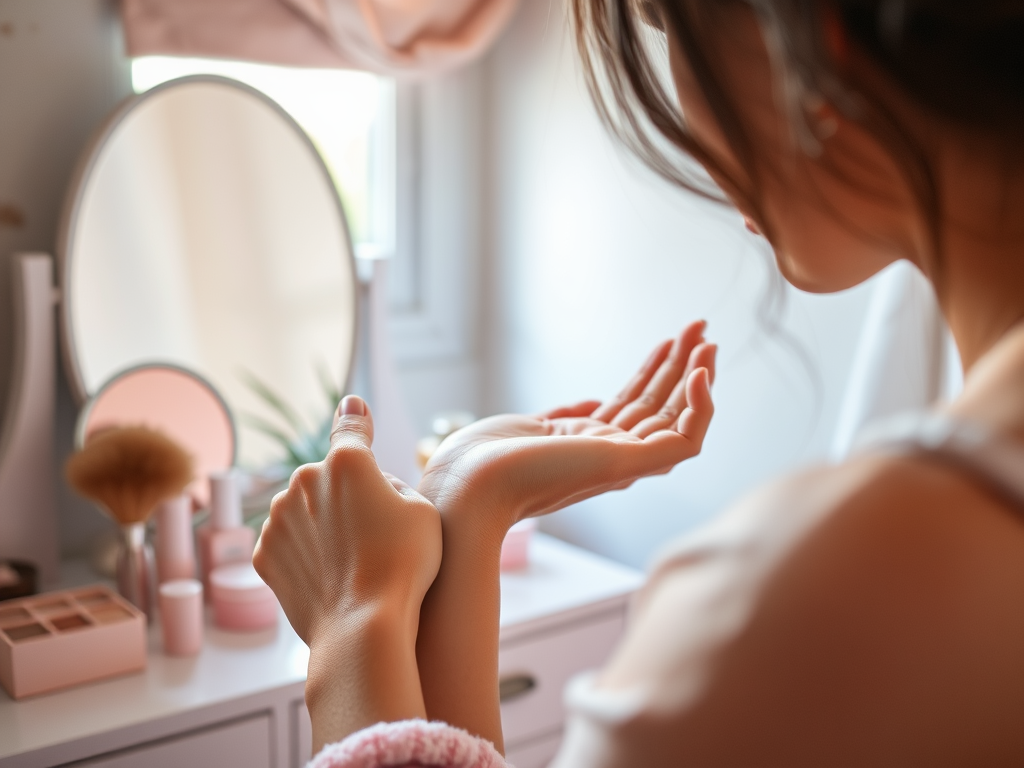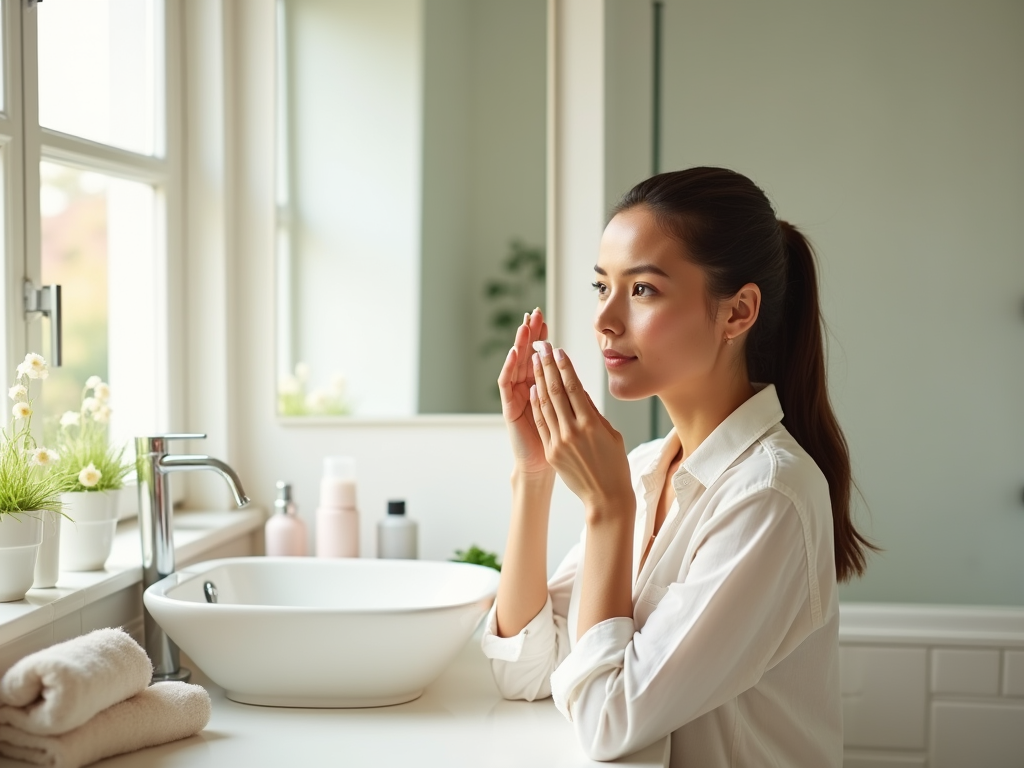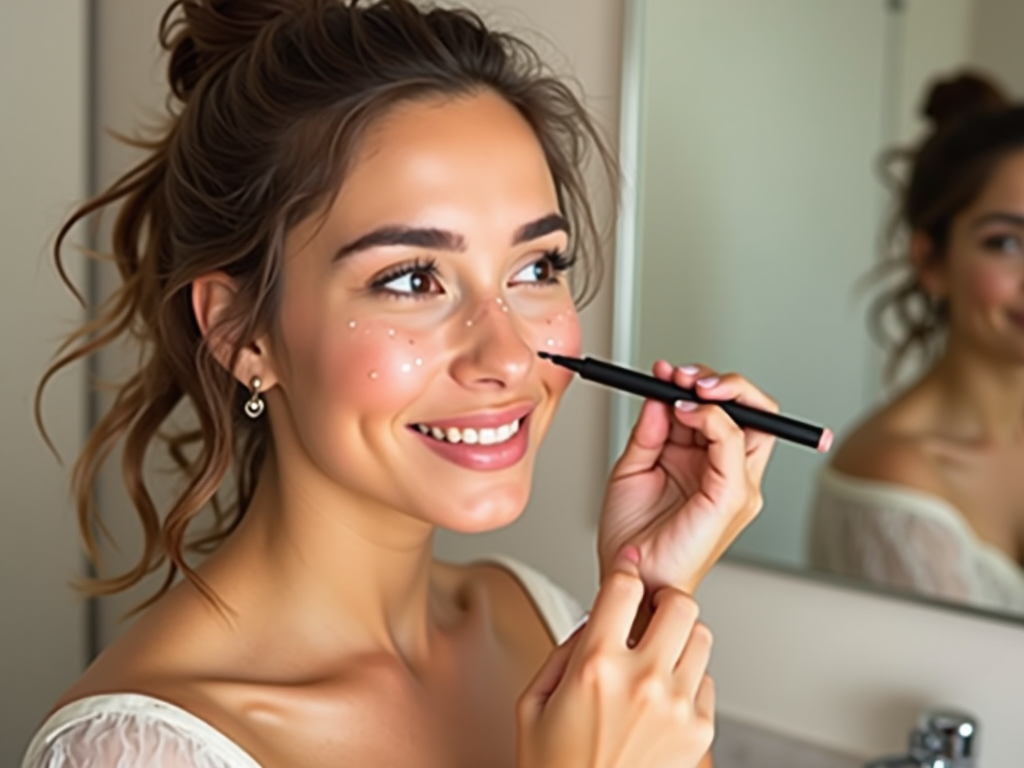Choosing the right blush color is more than just picking a hue off the shelf; it involves a deeper understanding of your skin’s undertones. The right shade can illuminate your complexion, add a fresh glow, and enhance your overall appearance. However, with so many options available, it can be confusing to determine which blush will truly suit you. In this guide, you’ll learn how to identify your skin’s undertones and select the best blush colors that complement them. Understanding this crucial aspect will not only make your makeup routine more effective but also empower you to make informed decisions when shopping for beauty products. After all, blush is not just about color; it’s about harmony and enhancing your natural beauty.
Understanding Undertones
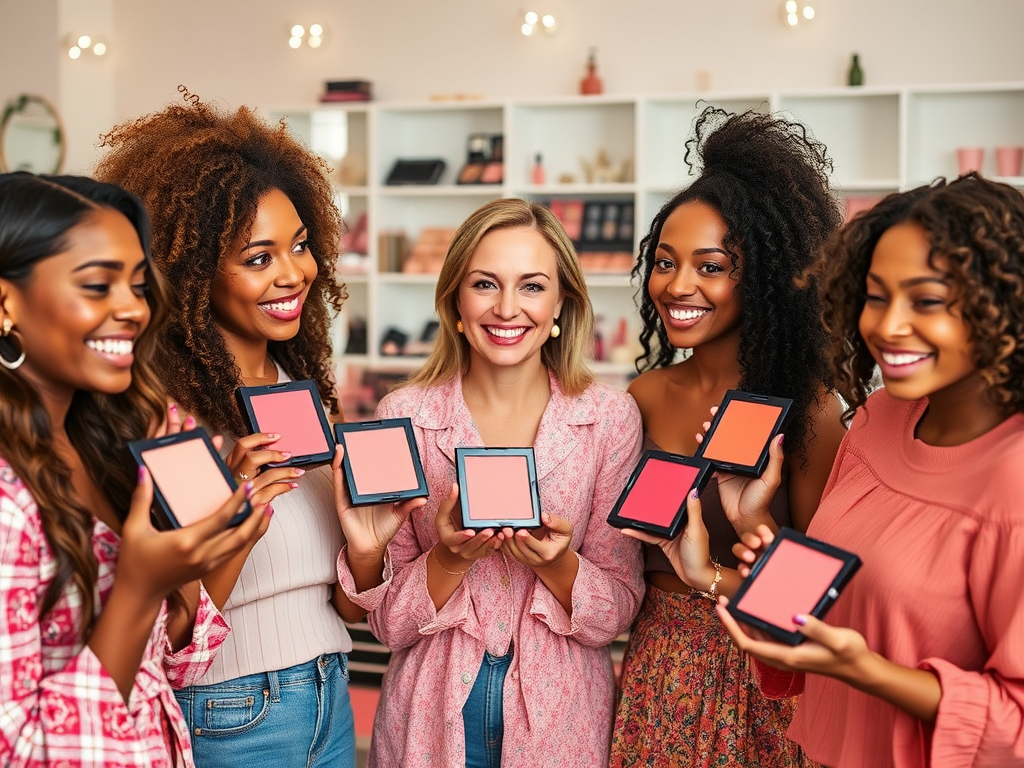
To choose the perfect blush, it’s essential to first understand the concept of undertones. Unlike skin tone, which refers to the surface color of your skin, undertones are the subtle hues that lie beneath. Recognizing your undertone can guide you toward the most flattering blush shades. There are three main types of undertones, each presenting unique characteristics:
- Cool Undertones: Shades typically include pink, red, or blue hues.
- Warm Undertones: Characterized by golden, peachy, or yellow undertones.
- Neutral Undertones: A mix of both cool and warm shades, allowing for versatility in color choices.
Determining Your Undertone
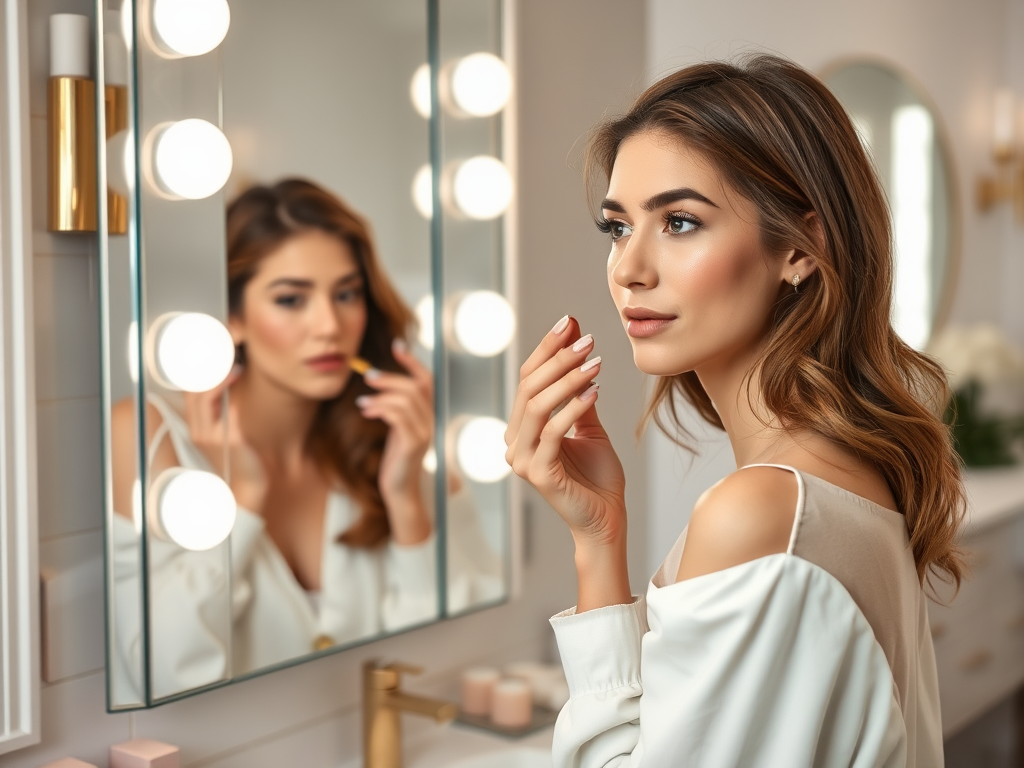
Before selecting a blush, it’s crucial to pinpoint your undertone accurately. Here are some effective methods to help you identify yours, ensuring that the blush you choose elevates your natural radiance.
The Vein Test
Looking at the veins in your wrist can reveal significant clues about your undertones. This simple test is one of the quickest ways to determine your underlying tones.
- Blue or Purple Veins: Indicate cool undertones.
- Greenish Veins: Suggest warm undertones.
- A Mix of Both: Points to neutral undertones.
The Jewelry Test
Consider which type of jewelry complements your skin better. The metal you wear can indicate whether your undertones are warm or cool.
- Silver Jewelry: Usually flatters cool undertones.
- Gold Jewelry: Typically enhances warm undertones.
- Both: Suggests neutral undertones.
| Feature | Cool Undertones | Warm Undertones | Neutral Undertones |
|---|---|---|---|
| Vein Color | Blue/Purple | Greenish | Mix of Both |
| Best Jewelry | Silver | Gold | Both |
| Stone Colors | Cool Tones (Blue, Pink) | Warm Tones (Yellow, Orange) | Both |
Choosing the Right Blush for Your Undertones
Now that you know your undertone, it’s time to explore which blush colors will enhance your natural beauty. The world of blush is rich and varied, providing a beautiful array of options.
Blush Shades for Cool Undertones
If you have cool undertones, the ideal blush shades typically include soft pinks, rosy hues, and plum shades. These colors will harmonize beautifully with the natural tones of your skin, making them look vibrant and fresh.
Blush Shades for Warm Undertones
For those with warm undertones, the recommended blush colors comprise peachy tones, coral shades, and warm bronzes. These shades will bring a radiant glow to your complexion, contrasting beautifully against warm skin.
Blush Shades for Neutral Undertones
If you fall into the neutral category, consider dusty pinks, mauves, and light apricot. These versatile shades adapt easily to varying styles and occasions, offering flexibility in your makeup routine.
Application Tips for Blush
Applying blush correctly can make a significant difference in how it enhances your overall appearance. Here are some helpful tips for maximizing the beauty of your blush.
- Placement: Apply blush to the apples of your cheeks and blend upwards towards the temples.
- Layering: Start with a light application and build up the color gradually for a more natural finish.
- Foundation Match: Ensure your blush complements your chosen foundation for seamless blending.
Conclusion
Determining the right blush color based on your undertones can dramatically enhance your makeup look. By understanding your undertone and selecting the appropriate blush shades, you can achieve a fresh, flattering appearance that highlights your natural beauty. Remember, makeup is all about experimentation, so don’t hesitate to try different shades and application techniques until you find what works best for you.
Frequently Asked Questions
- What is the difference between skin tone and undertone? Skin tone refers to the surface color of your skin, while undertone is the underlying hue that affects how certain colors appear on your skin.
- Can undertones change over time? Generally, your undertones remain consistent throughout your life, but external factors (like tanning) can affect how they appear.
- How can I test my undertones at home? Try the vein test or jewelry test; both methods are simple and effective for determining your undertones without professional help.
- Is it necessary to use a specific blush based on undertones? While it’s not strictly necessary, choosing blush based on your undertones can enhance your natural beauty and create a more harmonious look.
